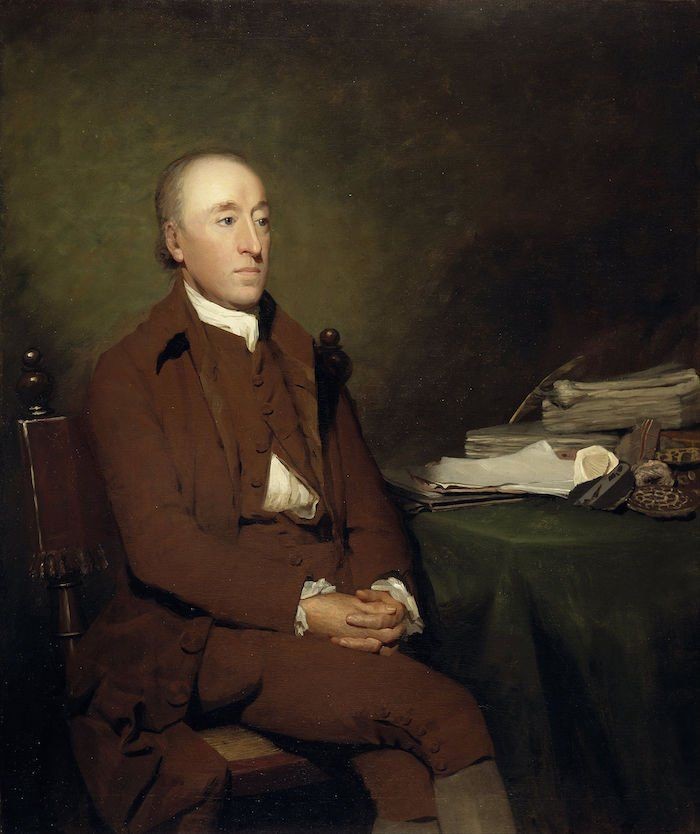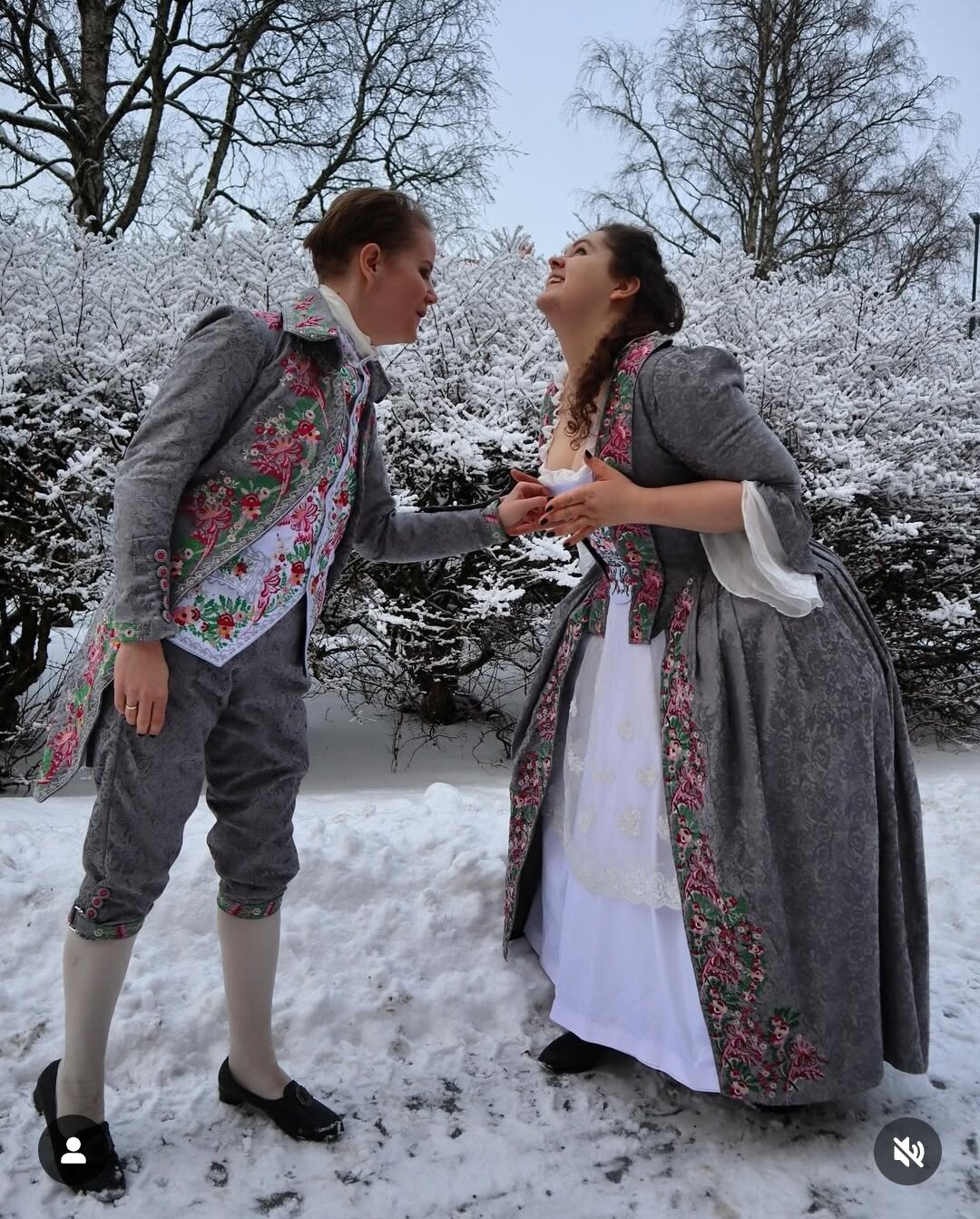James Hutton (1726–1797), father of modern geology, was born #OTD, 14 June (NS; 3 June OS). One of the first European proponents of “deep time”, the conclusion of his 1788 paper “Theory of the Earth” has been called one of the most lyrical sentences in all of science:
The result, therefore, of our present enquiry is, that we find no vestige of a beginning,—no prospect of an end.
1/3
https://www.nationalgalleries.org/art-and-artists/2808
#Scottish #literature #Enlightenment #18thcentury #DeepTime #science #geology
Till a’ the seas gang dry, my dear,
And the rocks melt wi’ the sun…
James Hutton met Robert Burns in 1787. Later that year, Burns chose to visit some of the sites discussed in Hutton’s THEORY OF THE EARTH. Is there an echo of Hutton’s “deep time”—oceans evaporating, rocks melting—to be heard in Burns’s “A Red, Red Rose” (pub. 1794)?
2/3
https://sunnydunny.wordpress.com/2011/10/11/robert-burns-and-geology/
#Scottish #literature #RobertBurns #poem #poetry #Enlightenment #18thcentury #geology #science #DeepTime


